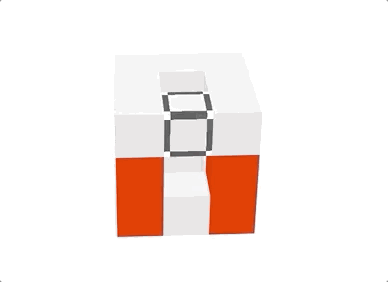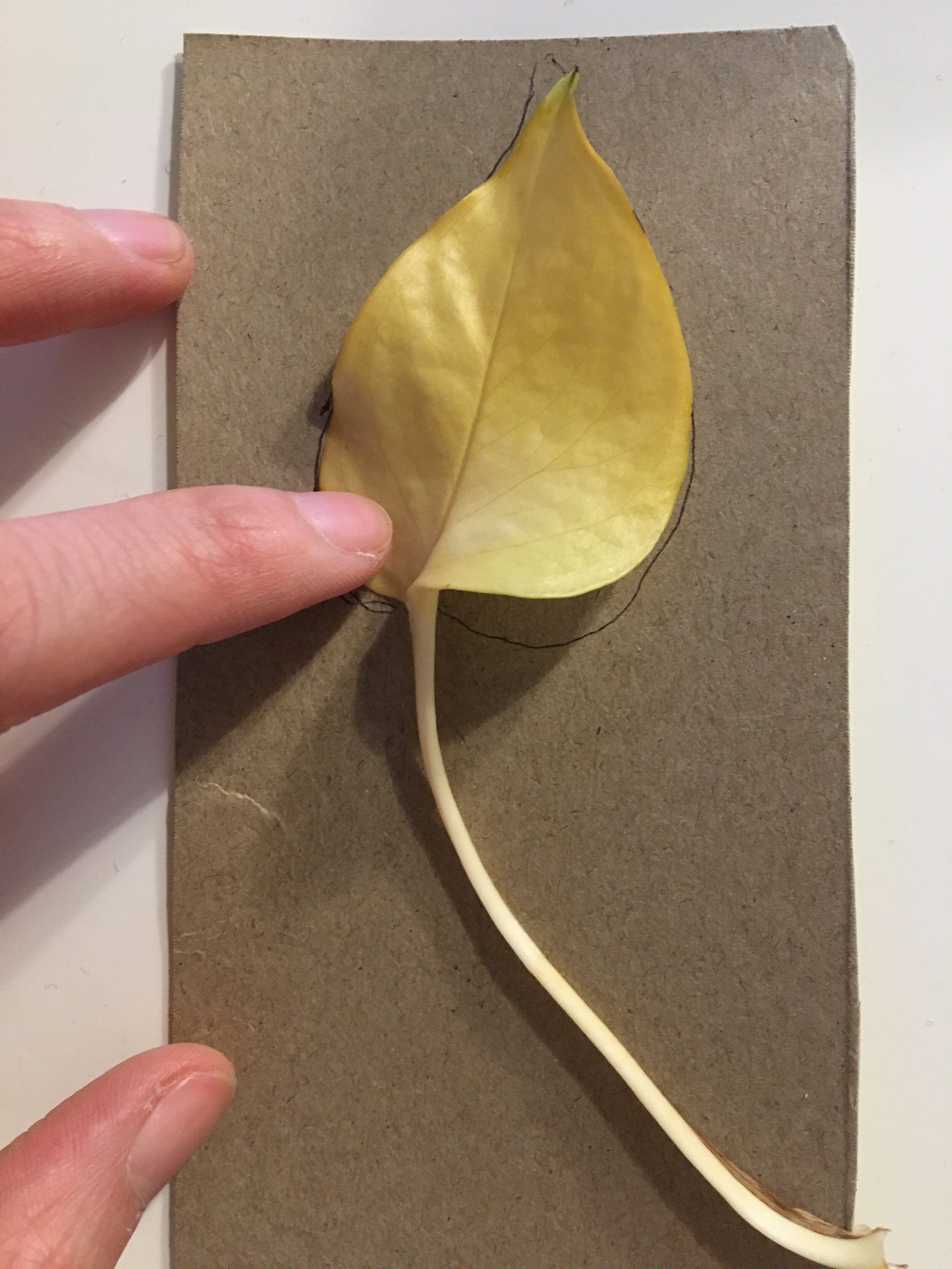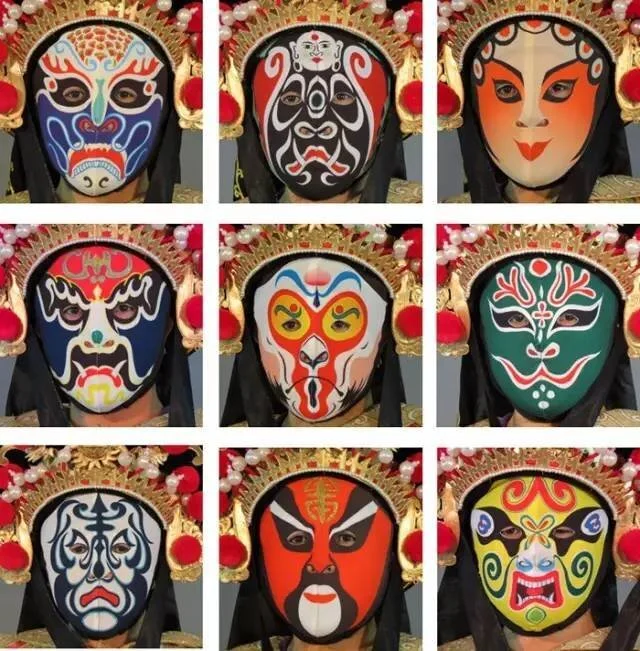Final presentation slides: https://docs.google.com/presentation/d/1mA8Nu4ou7VaIU6BRnL-GnCK2QLyey8YkE5ECl2M8Irk/edit?usp=sharing
This week we updated our design and here are the final renderings:
Interactive Website to help find the best medium
Walkthrough video
I changed the website to match Irwin’s design and also updated some choices, logic and calculation. I also added more illustrations to match the card deck.
There are nine questions in total. Each choice comes with a score, and the website will automatically add up scores to generate a recommendation for medium and tools.
Based on the calculation, there are three kinds of recommendations:
If the total score is less than 10, then the medium recommended is traditional media, such as books, comics, zines, etc.
If the total score is lower than 39, then the medium recommended is motion pictures such as film, documentary, TV shows, short videos, etc.
If the total score is higher than 40, then the medium recommended is interactive storytelling tools such as VR/AR/MR.
Poker Card for Creators
A pack of 52 cards created by Irwin
Prototypes
We printed out two sets of cards for the prototype. The first set was printed as glossy photos:
I printed them out on 4X6 photo paper and cut them with the paper cutter in the IDM Proto Lab.
The photo became curly right after I cut them, and the ink was blurry too.
So Will printed another set on thick paper which looks much better:
Eventually, we will print them out as real poker card.
USER TESTING
For website:
Jacob, Independent Filmmaker
I want to know more about which interactive tool I should use. Right now the website only tells me VR/AR/MR, but which one is best for my project?
Ailin, Interactive Artist
I think there are more tools and mediums than what you suggested on the website. How about the combination of both traditional and innovative technologies?
For poker cards:
Darren, Brand Strategist, ADPR
As an Advertising student, I think the set of poker has such important educational and aesthetic significance. First, each poker card represents an industry term or project process that allows students or entry-level practitioners to understand or familiarize themselves with real-world cases quickly. Then, a modern and clean design can lead to better visual experience and user interaction. I believe this is a win-win design that allows users to be immersed in entertainment and also learn something.
Stacy, Student majored in Media Studies
As a student with a background in media studies, I think the set of poker has a clear hierarchy. Each poker card has a symbolic pattern to reflect the key words, which is very friendly to media students like me who don't like to read long sentences. And each poker summarizes a short quote, it is easier for users to read the above content to find inspiration when using it.
Reflections
Based on our user’s feedbacks, we should update our designs:
For the poker cards, some text will be better with a different color and bold.
For the website, it will be more helpful with more questions and a better calculation system to provide more specific recommendations.
A third step to help brainstorm how to use the tool(s) or even break rules. Think more about the content and format, and how a simple tool can also bring a brand new level of experiences, like radio can also be used as VR.


























































































































































































